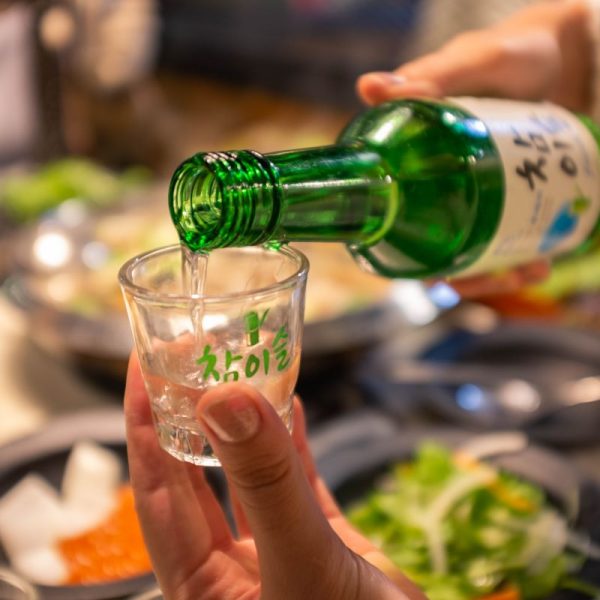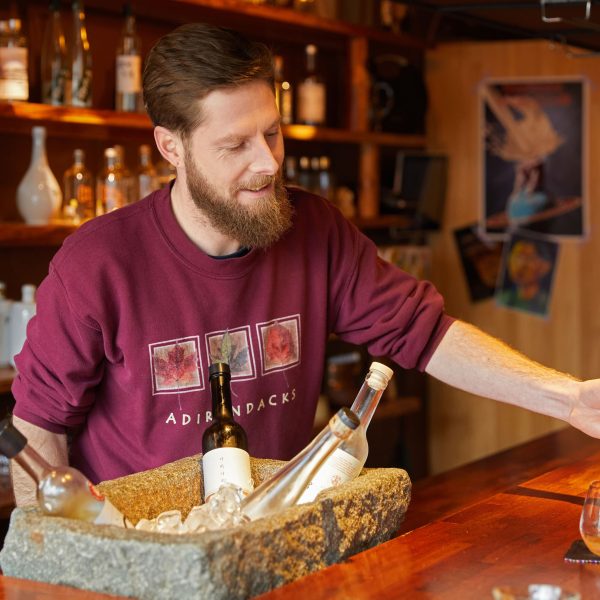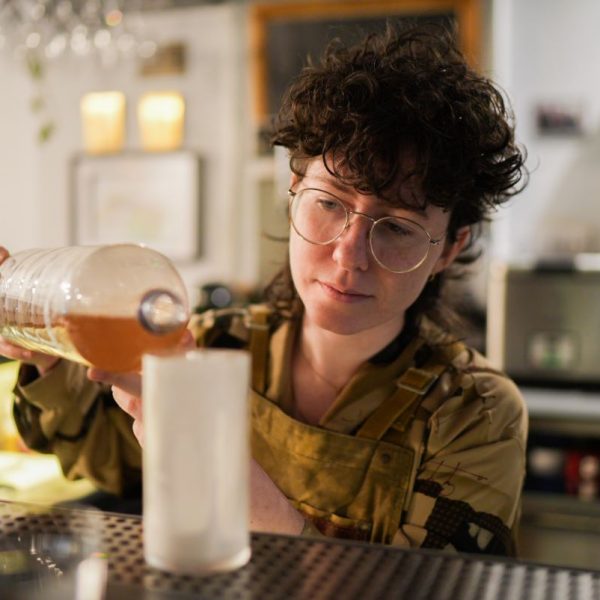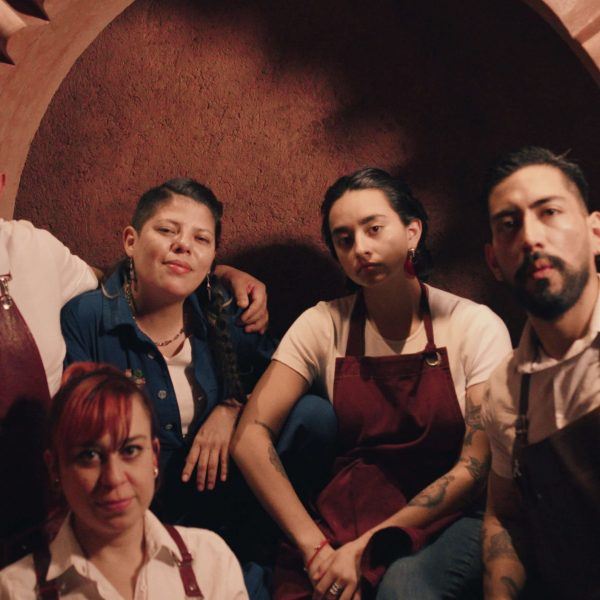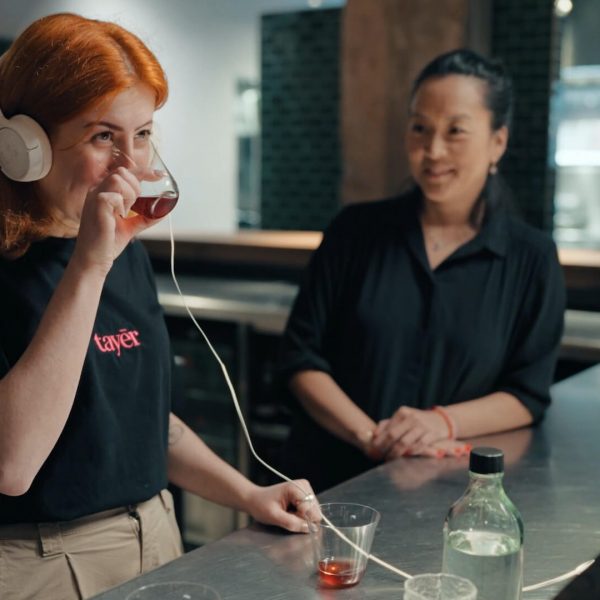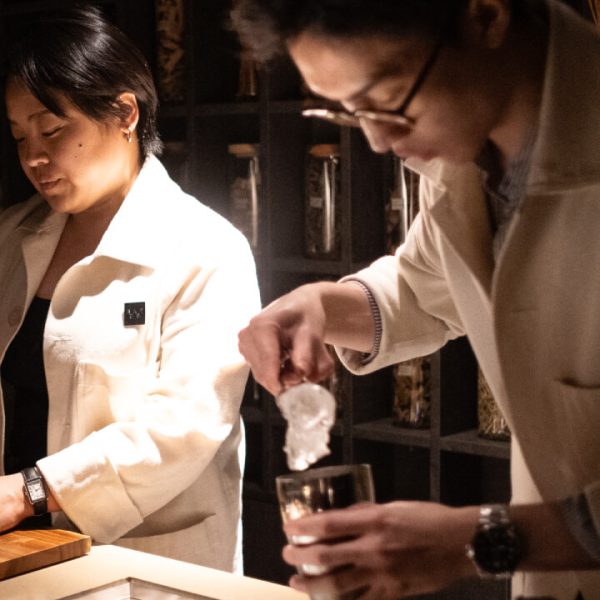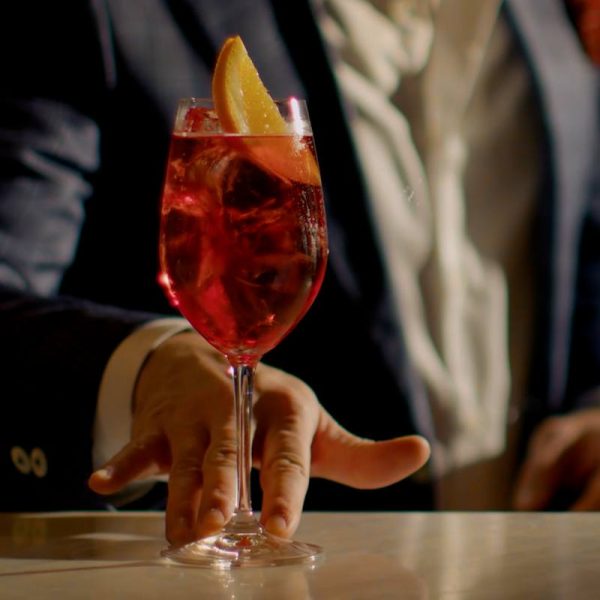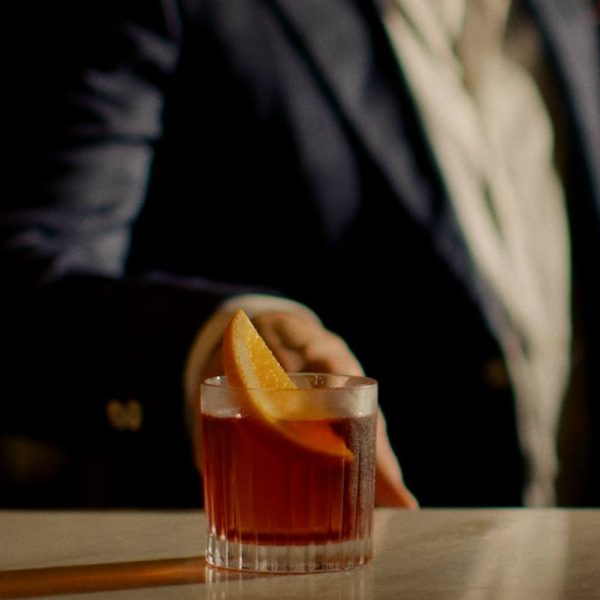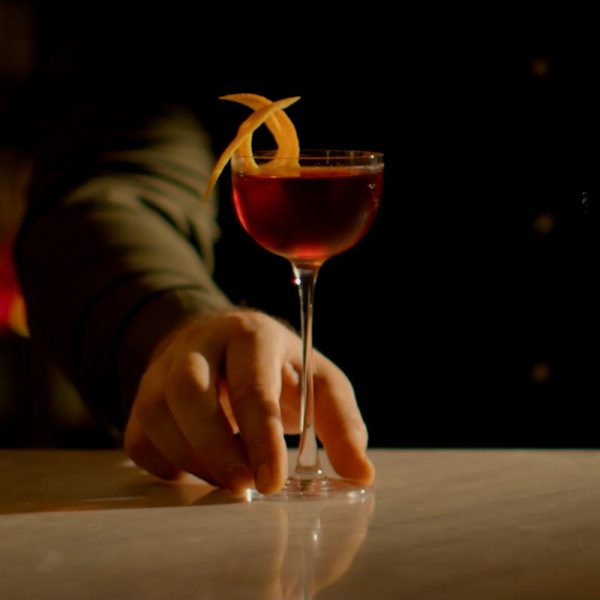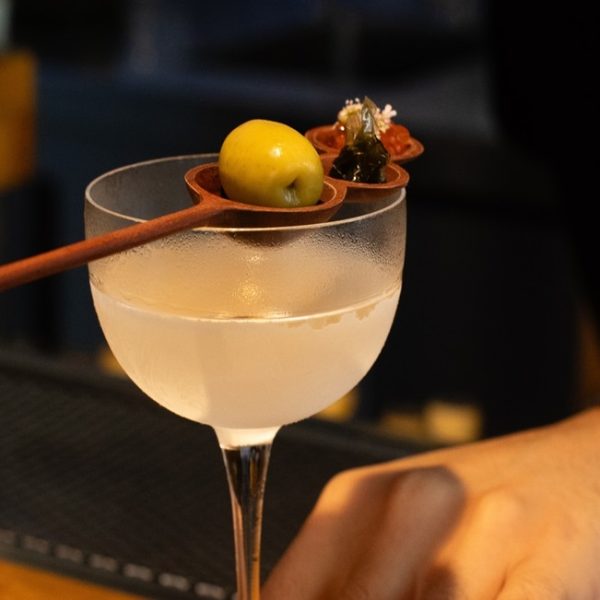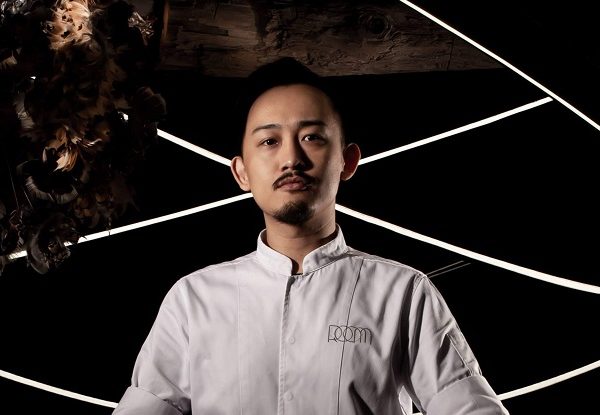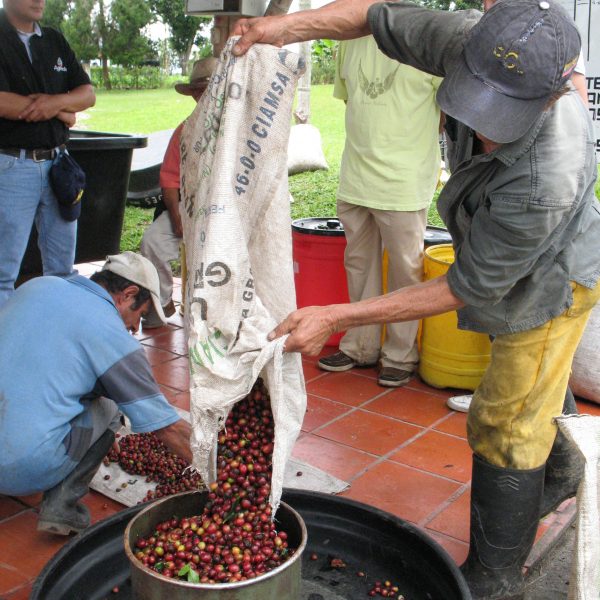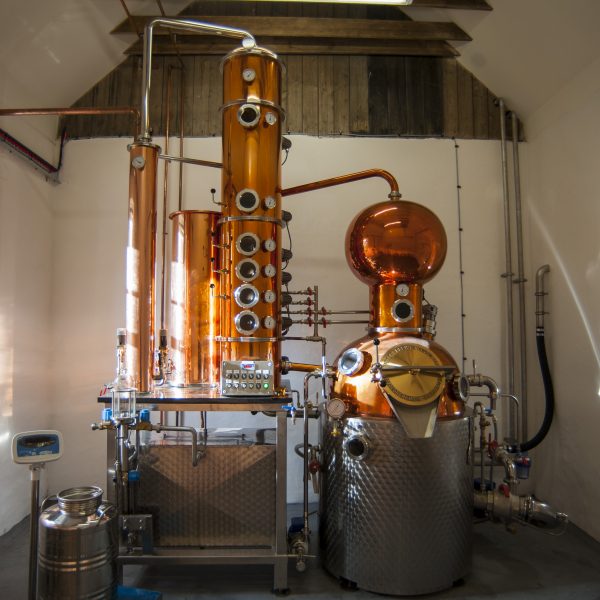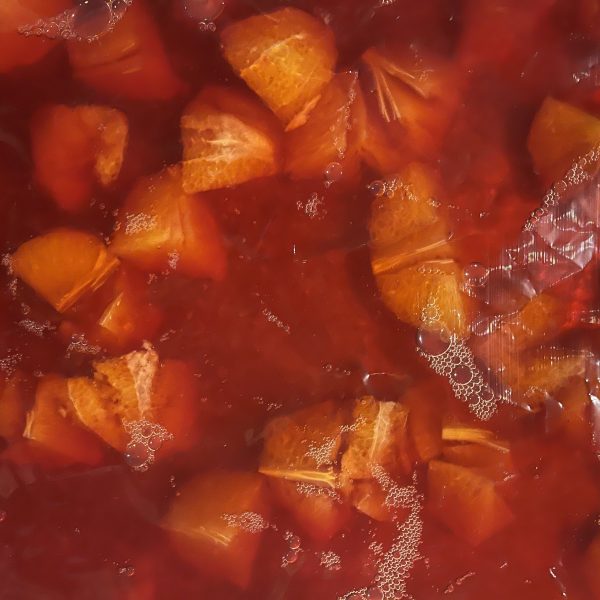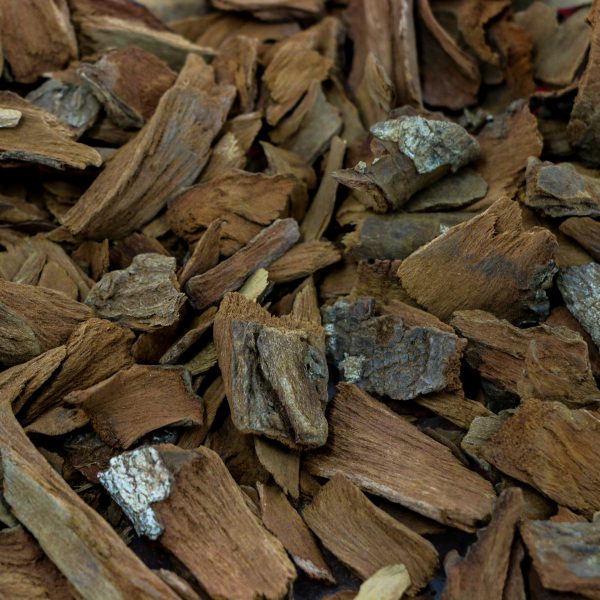Flavour of: Singapore – Tropical fruits
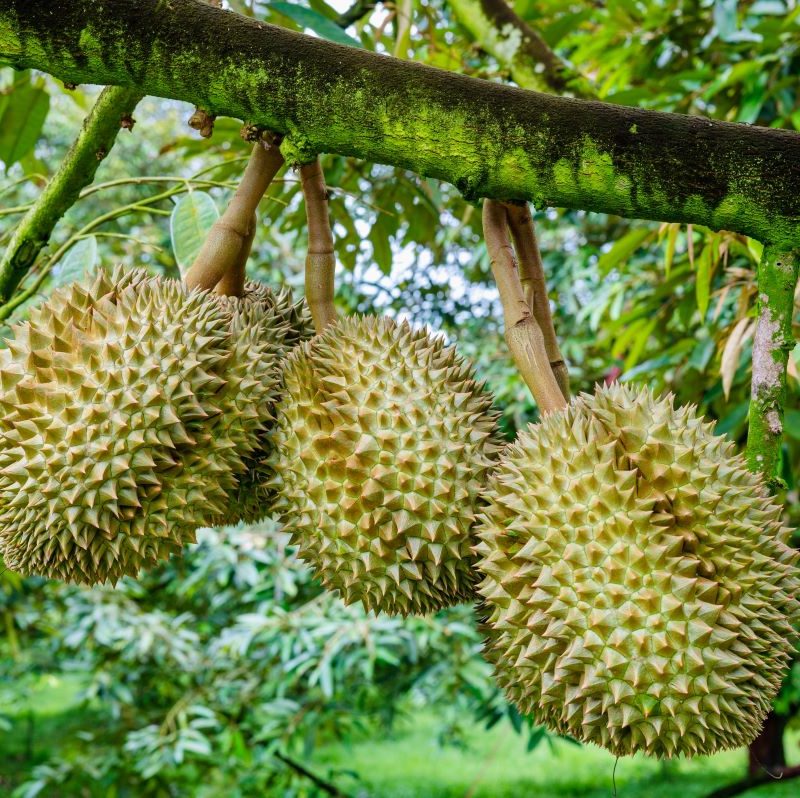
From calamansi limes, to durian and mangosteen – Singapore’s tropical fruits are a cornerstone of its flavour identity. We get a closer look at five of the most famous
A rainbow of flavours and aromas, hidden within rough skins or juicy pulps: Singapore’s tropical fruits cannot be missed when travelling to Southeast Asia. They grow most prolifically in hot and humid regions within the Tropic of Cancer and Tropic of Capricorn (hence their name). Though the term accounts for a vast amount of varieties of fruits, all of them are linked by the common thread of powerful tastes and nuances rarely found in any other food category.
Singapore, one of the four Asian Tigers, is globally renowned as one of the financial capitals of the world. Its modern, fast-paced essence is balanced by the authenticity one can easily spot in local food and drinks, and traditional tropical fruits are among the treats you should never miss when visiting the Little Red Dot. Despite being available all over the world, these colourful and rich fruits are considered to be the backbone of the equatorial traditions.


Whether walking around the marina, getting lost in the magnetic Chinatown, and experiencing the energy of its Hawker Centres: anywhere you decide to go, you’ll find an opportunity to sample unparalleled flavours in unique fruits. Here are five varieties of tropical fruit definitely worth trying while in Singapore.
Durian
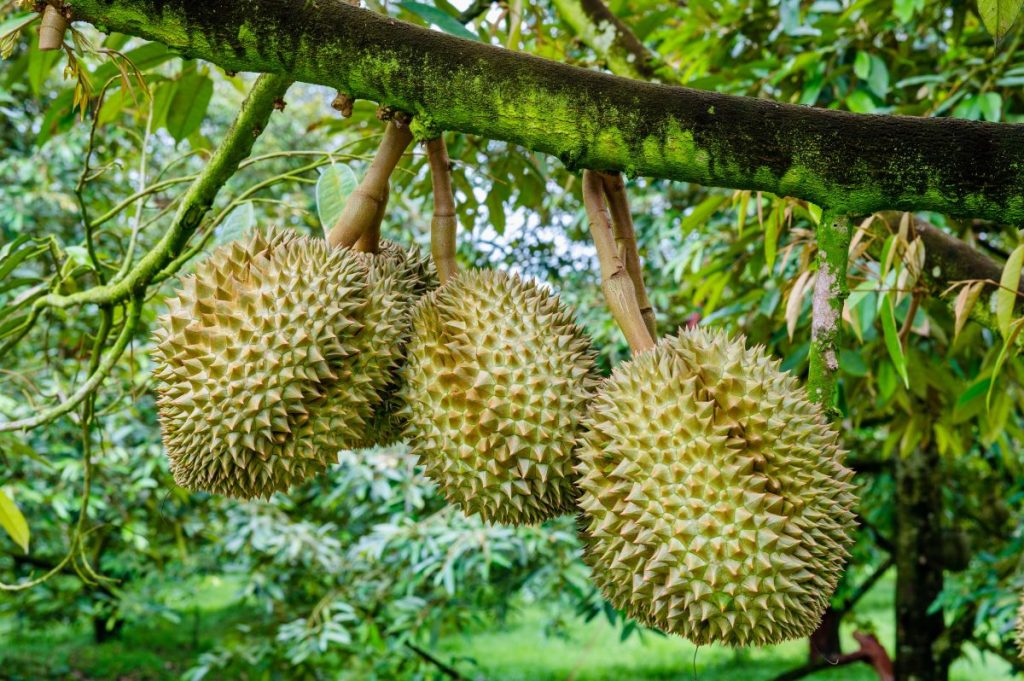
Durian – probably the most polarising fruit to ever be tasted. Within a spiky shell lies a strikingly intense contrast: a piercing, unappealing aroma on the nose, but a custardy taste on the palate. It’s one of Singapore’s iconic food references (curiously enough, Singapore’s Esplanade theatre looks like a durian), and drives quite a discussion among consumers. It’s also often referred to as ‘hot food’: eating a substantial amount of durian will indeed drive your temperature up.
Though very prone to be implemented in drinks or dishes, durian’s purity is best experienced when consumed as it is, as bar consultant and bartender Jess Hutchinson shares:P “I prefer durian on its own for it to keep its nuances. Varieties with gooey flesh are better, as the seeds can be removed easily.” And keep in mind the seasonality: the best durian can usually be found towards the end of the year.
Mangosteen
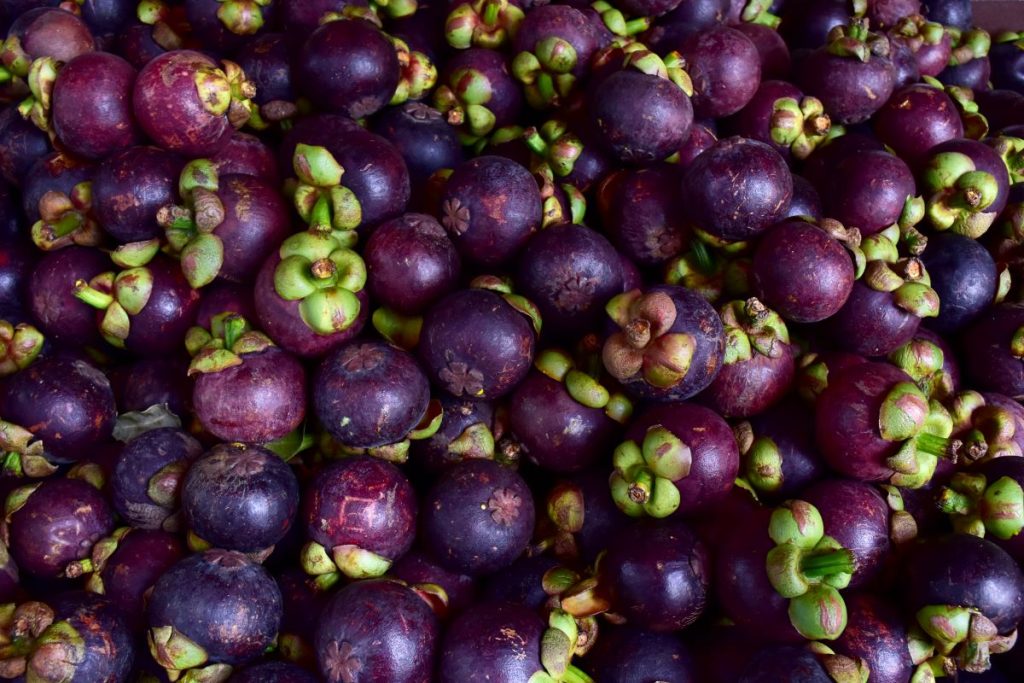
Not related to mango in any way, mangosteen is the ‘Queen of Fruits’ according to Nutmeg & Clove’s group operations manager, Sze Wei Sim. Opposite to durian, eating mangosteen will allow your body to cool down, due to its freshness and clean profile. Round, quite small in size and shiny in its purple skin, (“forbidden in most hotels around the world as it will create an unremovable stain in fabrics,” says Sim), mangosteen’s white pulp is a flavour triumph, being easy on the palate, extremely rich in taste and jammed with polyphenols and fibres.
However, it’s a challenging ingredient for bartenders, says Sim. “It’s a really expensive and tough fruit to use in cocktails, as the yield is usually really low, but if you could get the puree, it will be great in a slushy with amazing sweet and sour balance while providing a smooth velvety texture.” Sim shares a fun fact too: the bottom knob of the fruit will tell you how many pieces of pulp there are inside the shell.
Calamansi lime
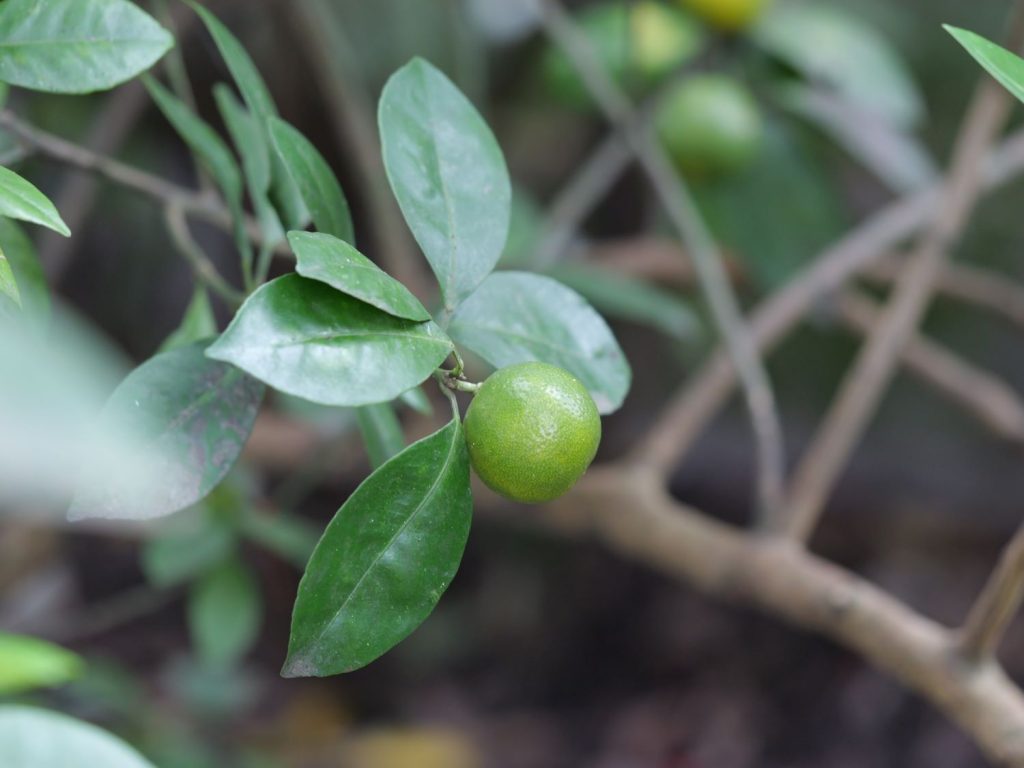
Tiny, yet incredibly rich in content, the calamansi is a variety of Asian lime. This pebble-sized citrus is a wonderful flavour for bartenders to experiment with. A staple in Southeast Asia, and a hybrid between kumquats and mandarin oranges, it comes with the traditional green-striped peel, packed with tartness and aromatic hints, yet slightly sweeter if compared to regular limes. It is also softer to the touch, making it easier to squeeze with your bare hands.
Given its refreshing notes it can easily be found in classic local food recipes, usually used to counter the richness of traditional soups or stir fry; it is also made into jams or marmalades. Hutchinson recalls her former business partner Juan Yi Jun using it in one of the absolute best-sellers at Singapore’s No Sleep Club: the Three Limes Vodka Soda. “It would be featured together with regular lime and Thai lime, hence combining different levels of acidity to boost the overall taste of the drink. We literally had to take it off the menu, as we could not keep up with the demand.”
Rambutan
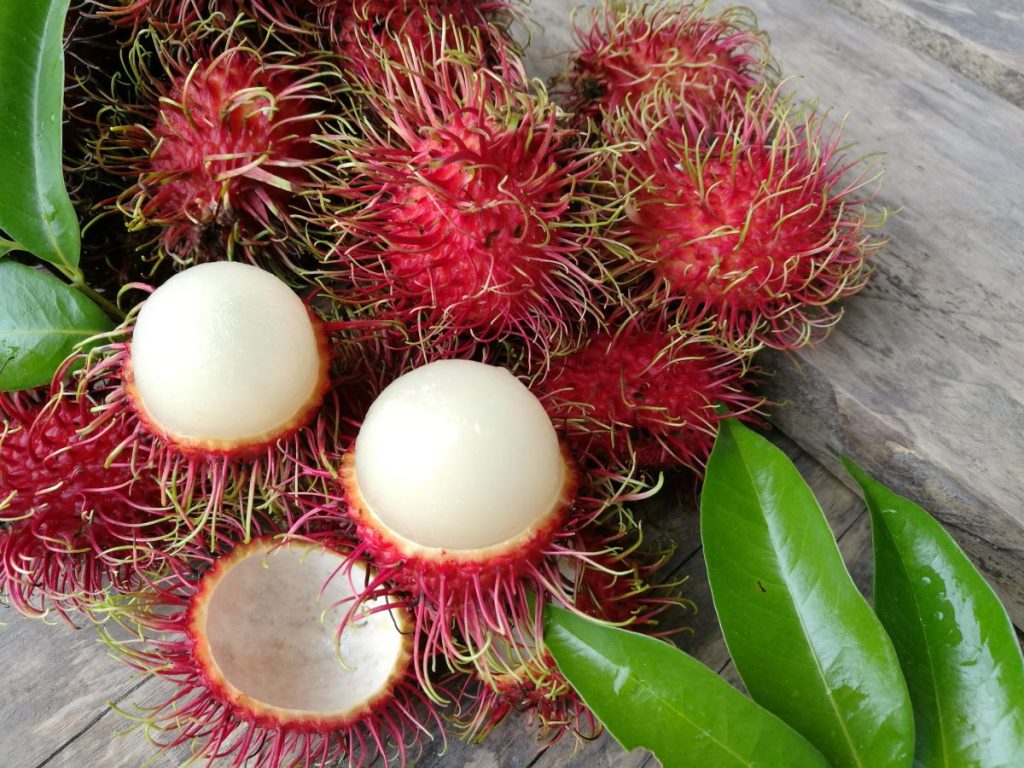
Very bright and pleasing in its red hue, the rambutan’s appearance is undoubtably made harsher by its hairy shell (the Malaysian word ‘rambout’ actually translates to ‘hair’), making it resemble a sea urchin. But within it lies a fragrant, juicy fruit, gladly enjoyable on its own, that reveals interesting floral notes.
Sim suggests trying the canned version too, “as the skin of the seed tends to stick to the delicious flesh, and the fresh ones’ flavour tends to be milder”. It grows in bunches on the trees of the same name, perfectly balanced between sweet and acidic, soaked in manganese and potassium to aid digestion and the immune system. Rambutan can also be a very interesting alternative as an ingredient in cocktails – try swapping it with the very similar lychee to make a rambutan Martini, Sim hints.
Longan
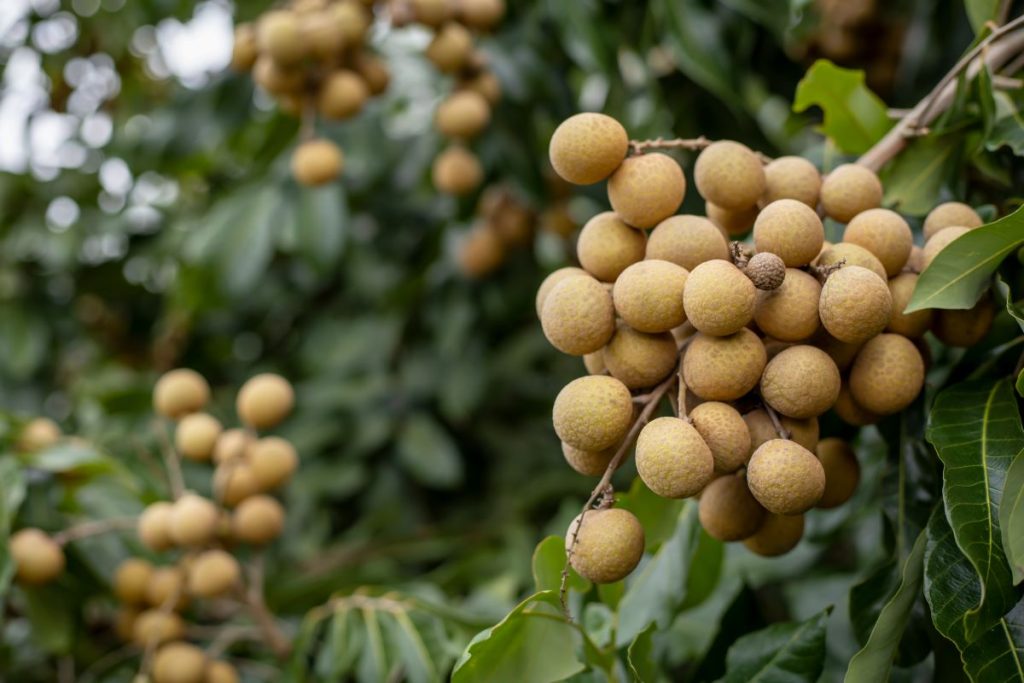
A close relative to lychees and rambutans, longan has been a consistent presence in Southeast Asia’s tradition, both as a food and a remedy. Its powdered seeds are considered miraculous against skin issues, while its flesh is a notorious anti-anxiety remedy. With its tough skin resembling bark, and sweet and rich with a somehow magnetic tartness in the aftertaste, longan is a cornerstone in local cuisine, being served as dessert or even in soups to add sweetness.
A sweet crunchy fruit with a large seed hidden in the brown outer shell, it packs flavour in many of its parts. Sim has a suggestion for bartenders wanting to work with it: “Burning the dried longan with its shell in a cocktail brings a really delicious, sweet aroma.”

